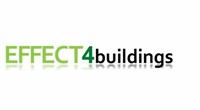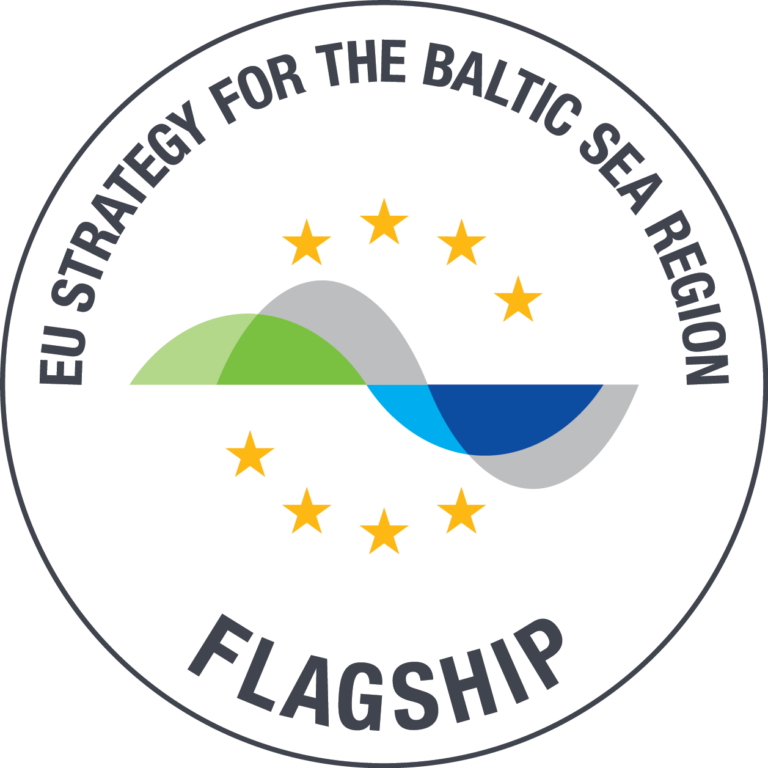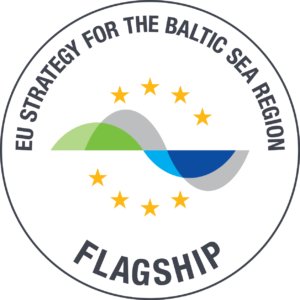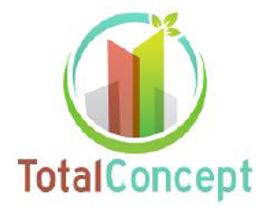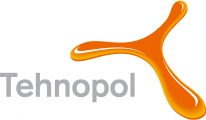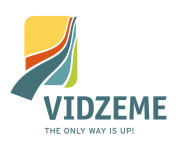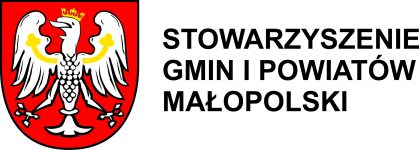An interesting option to increase energy efficiency measures is to bundle many smaller investments into a bigger investment package. Bundling combines several measures, which makes the total investment more profitable and more attractive in funding point of view. In this way can be facilitated the implementation of energy efficiency investments. One of the most useful ways to bundle investments is known as “Total concept method”.
The work process of the Total Concept is divided into three steps:
Step 1: A Total Concept project starts with a comprehensive technical inventory in the building and to identify all conceivable energy saving measures. At this stage, all possible measures for improving energy efficiency are identified and costed, and the subsequent energy savings are calculated.
Step 2: The energy saving measures in the action package are carried out. The focus here is on the quality of the work and on making sure that energy savings will come true.
Step 3: This phase consists of the following up the effect of the action package after it has been implemented. The energy use during at least one year after renovations is compared to the energy use before implementation of the action package.
Detailed information of renovation -project implementation can be presented as scorecards. Project scorecards can be divided in separate parts according to the same principles as the work process of the Total Concept Method.
By filling in scorecards all the important details during the implementation, this valuable information is collected in the same document for easy review of success assessment of project.
Below you can find one part of a scorecard-template.
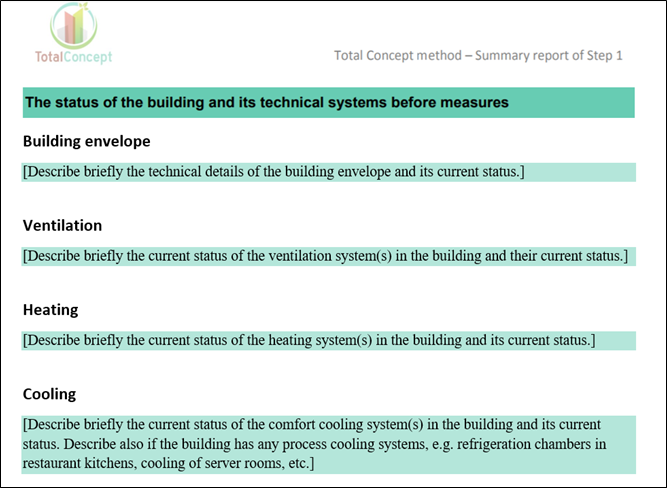
Total Concept Method gives an easy and valuable method to illustrate the economic profitability of individual measures. TCM provides an action plan comprising a package of energy efficiency improvement measures, which fullfils the property owner’s profitability requirements. The profitability assessment in TCM is based on internal rate of return method.
The overall assessment of profitability of the whole renovation project is easy to be convinced with clear charts provided by Total Tool. In some cases, however, it is useful to interpret the background of the graphical charts. Especially shall be taken into account the target group reviewing the material produced by Total Tool.
As an example of successful use of Total concept method is renovation of Tampere Hall in Finland. Detailed information of Tampere Hall -project implementation is presented as scorecards. In addition, that has been successfully utilized Total Tool during the implementation of the Tampere Hall project.
Below you can find one part of scorecard of Tampere Hall and the internal rate of return for the entire package of measures made by Total Tool (step 1).
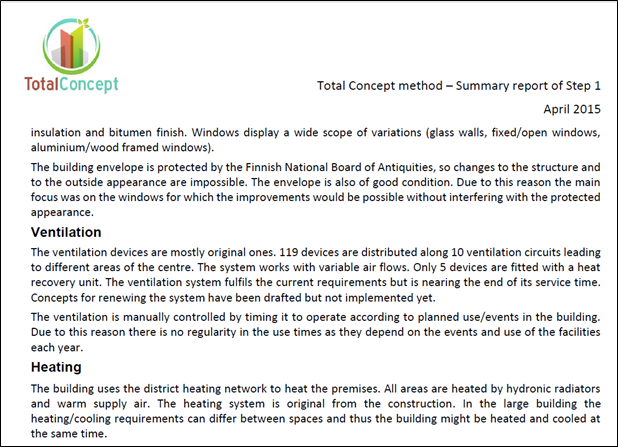
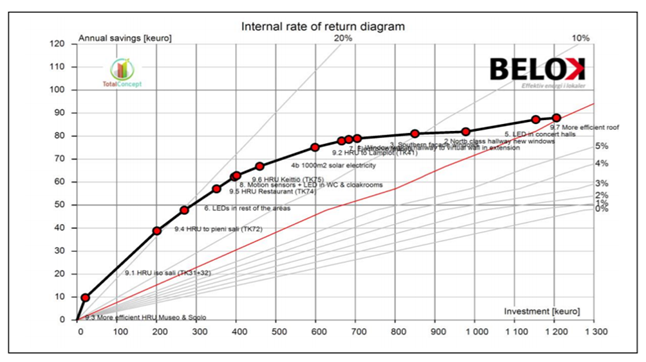
In step 1 the internal rate of return for the entire package of measures was calculated to 7,78 %, which is slightly higher than the profitability target of 7%. The energy consumption is estimated to decrease by 24 %.
However several changes to the package were made in step 2 (Corrected baseline and several changes were made to the package) and that’s why after completing all the measures the energy consumption is estimated to decrease by 23 %. Profitability of the whole action package will be 8.5 %, which is higher than 7.8 % that was calculated in Step 1. Below you can find Total tool diagram (Step 3: follow up).
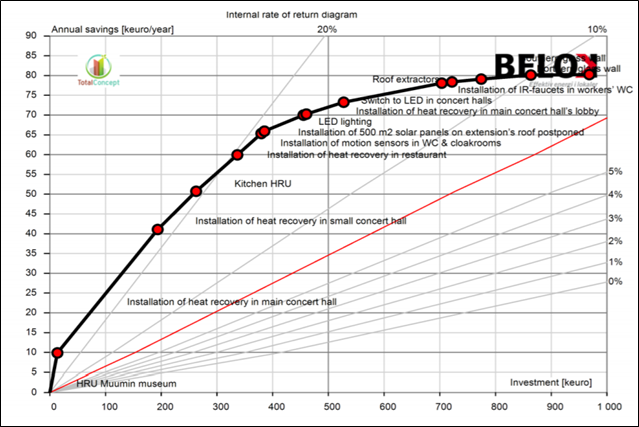
As a whole, Tampere Hall is a brilliant example of a successful implementation of using Total Concept Method in a practical energy efficiency project.
